Electric jumbo jets: How many batteries do you need to get airborne? March 22 2016, 10 Comments
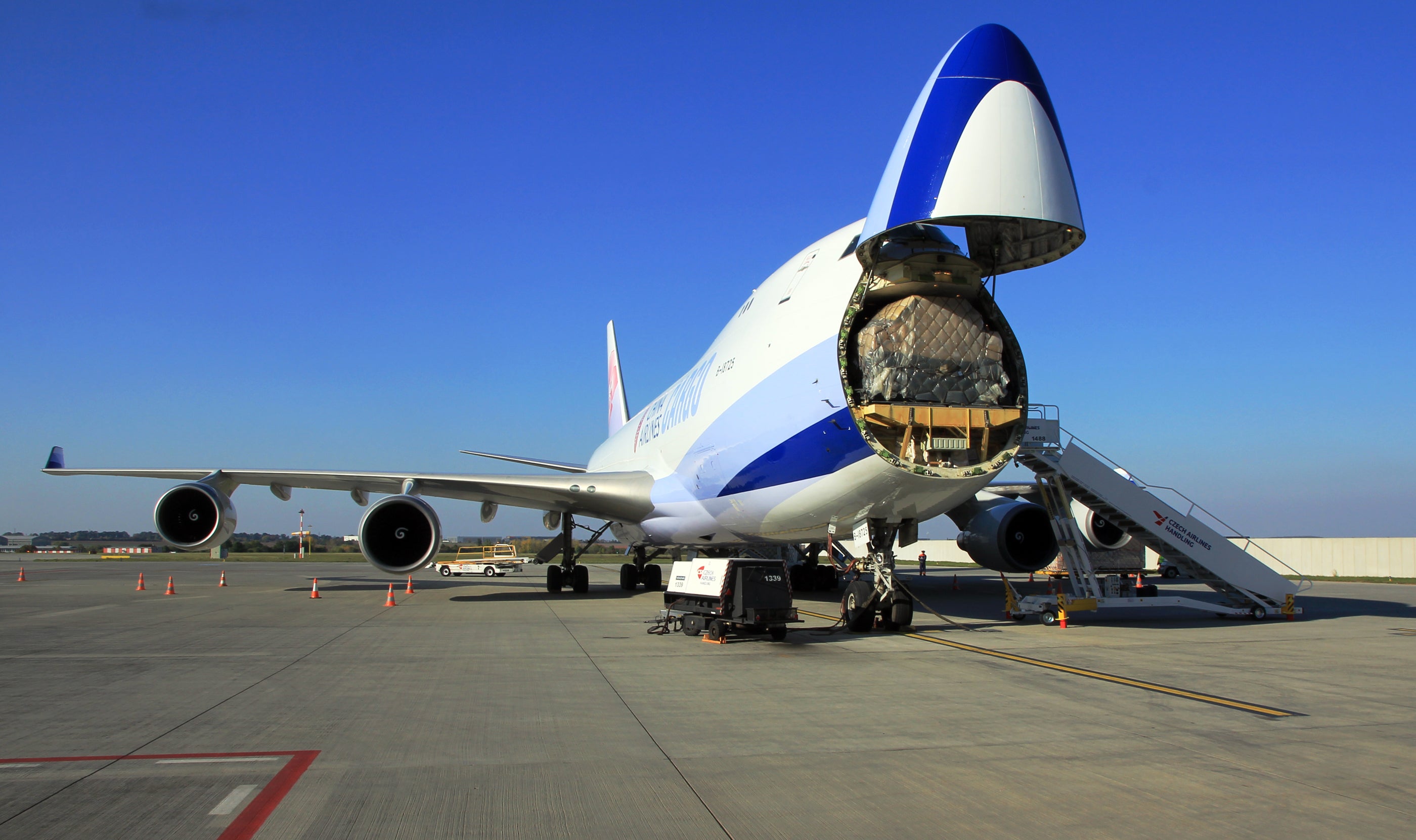
A jumbo jet with its nose cargo door open. It sure would be a nice place to put some... batteries...
Electric airplanes are perhaps the most exciting prospect for the future of aviation.
The record-breaking Solar Impulse II is one of the projects that shows how much things can improve. In a previous article, we covered the tech involved to get the Solar Impulse II airborne.
Last year, the plane was grounded in Hawaii because of batteries overheating. After completing a five-day long, 7,212km journey across the Pacific, the Solar Impulse 2 showed us the feasibility and the opportunities that lithium-ion batteries can bring to the aviation industry.
The decisions required to make those advances are being discussed as we speak.
A window of opportunities, if it opens
The Federal Aviation Administration published on March 9th a proposal to modify its Part 23 rules. This governs the design and alterations of piston-engine airplanes, which applies to small airplanes that can seat up to 19 passengers and have a maximum takeoff weight of 19,000 pounds or less (around 8,600 kg).This proposal, if approved, would be effective from September 30, 2017.
More about the proposal: why it matters
With rules as they are now, it’s nearly impossible to add technological improvements that modify the mechanics that have kept airplanes working since the 1960’s. This applies for almost every kind of airplane you can imagine, except those that are considered to be used as a hobby. That is, carrying 1 or 2 passengers. This turns out to be frustrating as there is great interest in offering more efficient designs that can reduce oil consumption during flights and reduce the environment footprint that today’s airplanes leave behind.
Yes, the proposal only applies for small airplanes, but the changes that could be done are of such a magnitude that they could open the doors for the whole industry. To get there, it'll take a long time because the improvements made have to be thoroughly tested for them to be safe, because that's the FAA’s highest concern right now.
To give an example, in 2013 Boeing introduced the 787 Dreamliner, an airplane that would add additional electrical systems, complying with the FAA’s requirements, in order to reduce fuel usage and be more eco-friendly. They used certain Li-ion battery from a manufacturer called Yuasa, and because it didn't have a proper short circuit protection built-in, it had a failure within the first few months of operation after its introduction, burning the circuit that goes over the battery in the process. 
Here’s the comparison between a brand-new battery and the remains of the one involved in the incident.
This event caused a lot of concerns in specialized media, leading Yuasa to retire said battery from their website’s product listing. Boeing acted quickly and made the necessary modifications to their systems and no new reports of incidents regarding their electrical systems have come up to date.
This kind of circumstance is a headache because companies can’t use their full potential to provide more efficient designs to larger airplanes - a situation that this proposal can change if it provides results relevant enough for the idea to gain traction. An age of sustainable innovation in aviation with fewer roadblocks.
What can be improved today?
Considering the time it could take for such a change to happen in the industry, let's take a look at the feasibility of using electric batteries that are already in our homes and what’s available in the market. Let’s see how many we would need to satisfy the energy requirements of putting a commercial airplane in the skies and maintaining its energy consumption during a normal flight.
We'll take a broad approach to the calculations, to keep them simple and manageable. We’re not aviation experts nor are we considering the weight of the systems involved to keep the batteries connected and safe for travel. Just raw energy density.
For weight considerations, we used the weight capacity that the airplane has for fuel in kilograms.
Airplanes we took into consideration for the calculations
As test subjects, we will be using three widely-used large airplanes that many of has have flown on:
- The cargo-carrying Boeing 747-8F
- The world-famous Boeing 747-8I
- The narrow-body Airbus A320
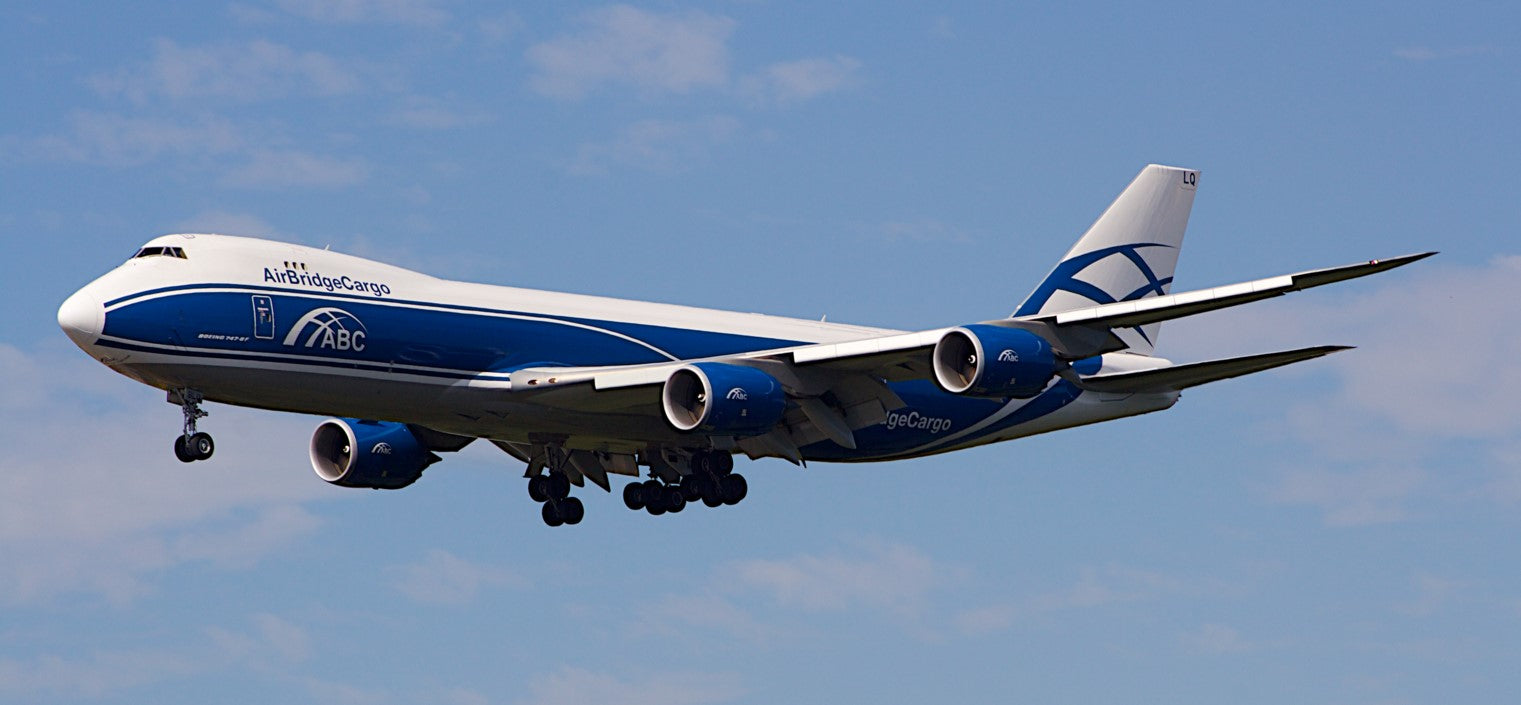
Boeing 747-8F
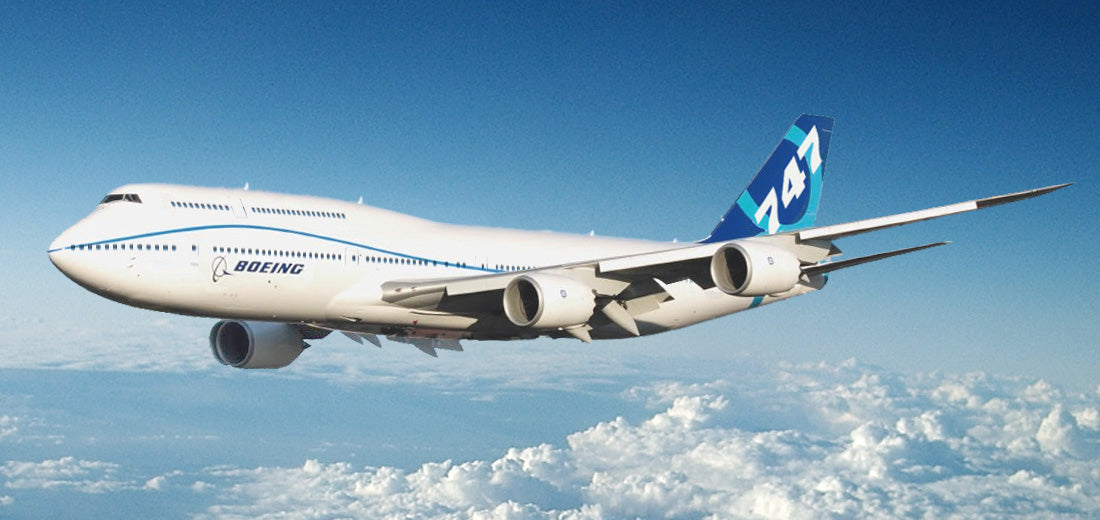
Boeing 747-8l

Airbus A320
The specifications of each airplane took into consideration for the calculations will be shown in a table, for practical reasons.
The battery contenders
As there’s such a wide variety of batteries in all types and sizes from each manufacturer, we’ll take two batteries that everyone knows - Blackberry and Samsung smart phone batteries.
Let’s also take two leading-edge batteries developed for more power-consuming applications, the Yuasa battery discussed earlier, and the Tesla Powerwall.
- D-X1 Blackberry (LiPo) battery
- Samsung Galaxy S4 (LiPo) battery
- Boeing 787 Dreamliner Li-ion battery (Manufactured by Yuasa)
- Tesla Powerwall (18650 Li-ion) battery
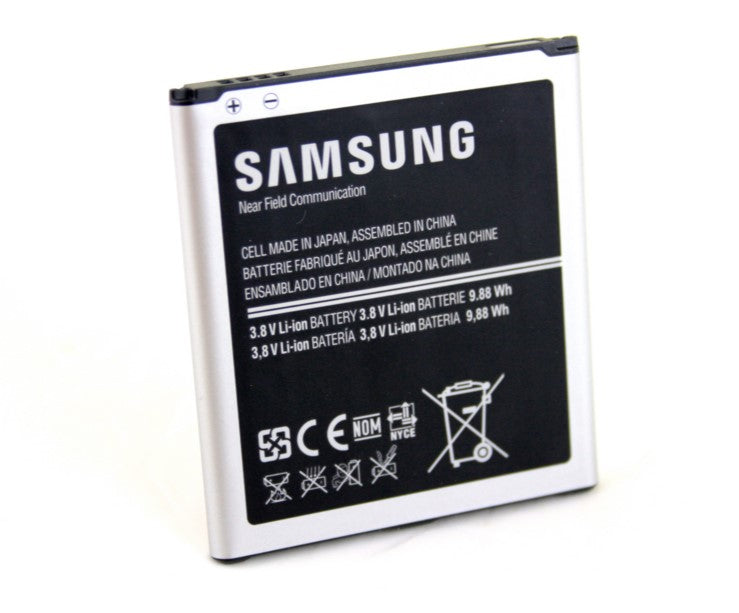
A typical mobile phone battery

A powerwall next to people for scale, image credit: Gizmodo Australia
Specifications used for calculations are shown in the table below, and the considerations that are taken for each case.

For each type of battery, we’ll determine:
- How many batteries required to power up the engines to reach takeoff speed (assuming that it takes a minute to do so)
- How many would be in the airplane if we swapped fuel with batteries (assuming no volume restrictions)
- How much energy would said amount of batteries represent
- How many would be needed to cover energy consumed in a normal flight
Results for D-X1 Blackberry batteries (LiPo)

If we compare the amount of batteries we can carry compared to the amount needed to feed the enormous energy consumption rates that commercial airplanes have, we can see that there's a lot of work to do.
Looking at the data, we'll see that:
- We need 337 to 504 times the number of batteries to be able to reach takeoff speed.
- We need 3 to 5 times the amount of batteries to cover energy consumption in-flight per hour.
- Fuel has 162 times more energy density than the batteries for the same capacity (in kg).
The Blackberry D-X1 battery doesn’t look very good for these results, but that’s expected considering that fuel’s energy density surpasses greatly the one available to be used from the batteries by the airplane.
A custom lithium-ion pack would be an alternative to getting more energy density, providing at least three times the amount of energy these batteries provide with an improved configuration.
Results for Samsung Galaxy S4 batteries (LiPo)

Taking a look to the data we have, we can conclude that:
- We’d need 132 to 197 times more batteries for the airplane to reach takeoff speed.
- We’d need 1.22 to 1.82* times more batteries to cover energy consumption in-flight per hour.
- Fuel has 63.08 times more energy density in the same capacity (in kg).
Results for Boeing 787 batteries (Li-ion)

After considering the virtues of household batteries, let’s take a look at the bigger contenders on the block. Looking at our calculations, we can see that:
- We’d need 452 to 644 times more batteries for the airplane to reach takeoff speed.
- We’d need 4.18 to 5.96 times more batteries to cover energy consumption in-flight per hour.
- Fuel has 206.8 times more energy density in the same capacity (in kg).
The energy stored rate for these batteries is the lowest of the batteries tested, but that’s likely due to:
- Using old cell chemistry so it doesn't have to be recertified
- Added bulkiness of the protection system
- Cell chemistry used favors safety rather than performance
Results for Tesla Powerwall (18650)

At last, but not least, we have a Tesla Powerwall. If you don’t know what it is, it’s a big box full of lithium-ion 18650 batteries that can power your house (optimally in conjunction with solar panels).
What would happen if you stuffed jumbo-jet fuel tanks full of Tesla Powerwalls?
In this case, we can see that:
- We’d need 295 to 440 times more batteries for the airplane to reach takeoff speed
- We’d need 2.66 to 4 times more batteries to cover energy consumption in-flight per hour
- Fuel has 138.27 times more energy density in the same capacity (in kg)
Compared to previous batteries, this battery is just below the Galaxy S4 battery in terms of stored energy. However, these batteries bring with them the idea of being constantly recharged via solar panels. If we manage to also borrow a few of the ideas used in the Solar Impulse II we could be looking towards a self-sustained airplane, at least for its in-flight energy consumption needs, as the batteries have more time to recharge themselves during flight.
Final thoughts
After giving a look at the strengths and weaknesses of various battery systems we can come to the conclusion that there’s a long way to go in order to improve both energy density and weight of batteries if we wanted to use them as the airplane’s only energy source, but we can see there’s a lot of motivation and interest to bring the technological improvements needed to do so as soon as possible. With innovating designs regarding engines, batteries, and even aircraft designs, the approval of Rule 23 modifications proposal could be a golden opportunity to show off the improvements that alternative energy sources can provide to the aviation industry, and the much-desired pollution reduction in order to have a more sustainable future.
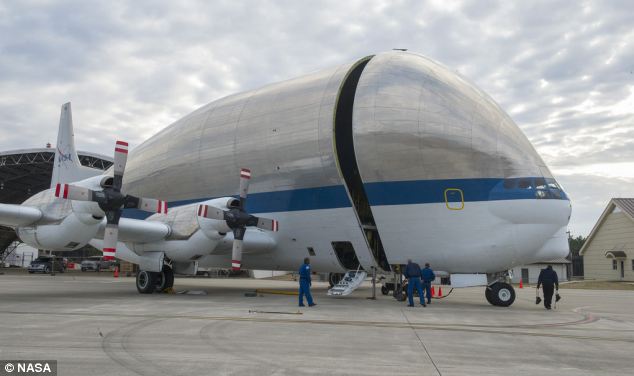
This NASA jumbo-jet breaks expectations and shows us that the future of aviation can be interesting.
Some possible further questions to ask:
- What is the minimal viable electric commercial aircraft (rather than a jumbo jet)? What are the most efficient?
- What would it take to bring the energy consumption in-flight per hour to equal current planes?
- If we need a lot of power in the beginning, could we use a rocket engine to save on fuel?
- What are better battery options - how about doing calculations with leading drone and RC batteries?
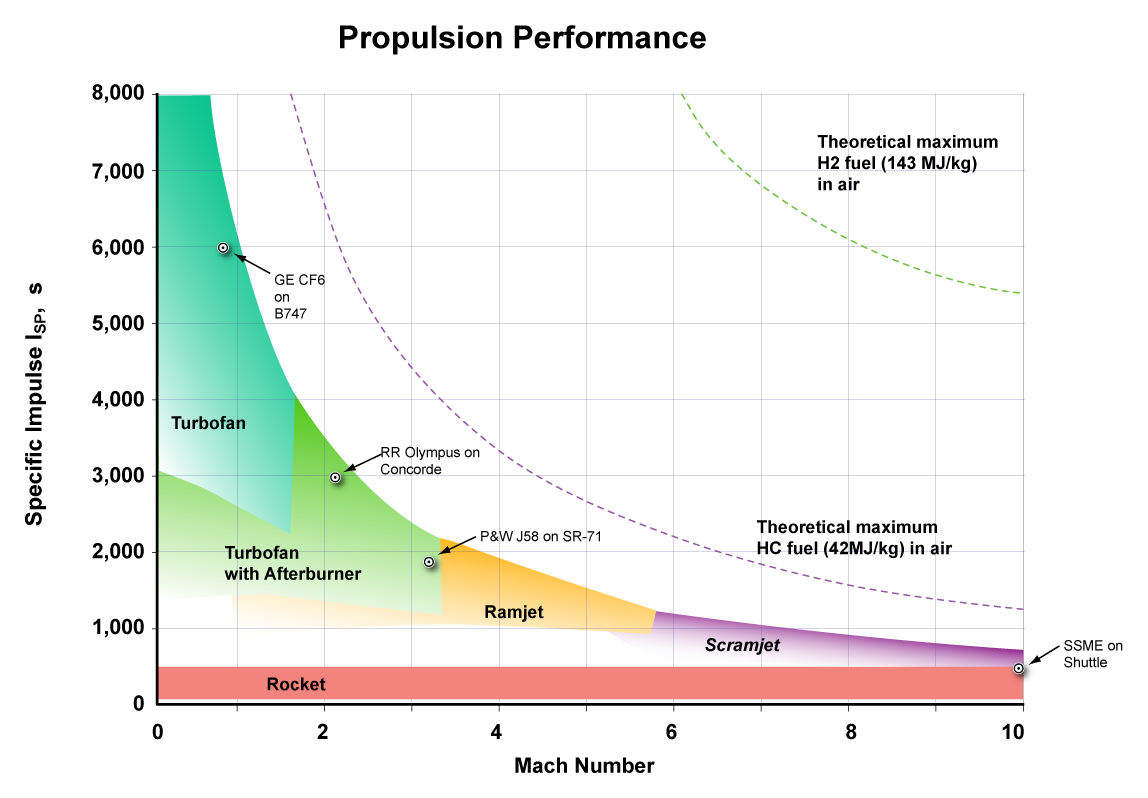
What other advantages do lithium-ion powered planes have over traditional engines? Could they perhaps go faster than traditional planes without a loss in efficiency?
Note: if somebody wanted to improve the calculations made, it would be a good idea to calculate the amount of energy needed to keep the batteries at an optimal temperature, efficiency between charges, and the weight of the equipment needed to build a large, safe custom battery pack.
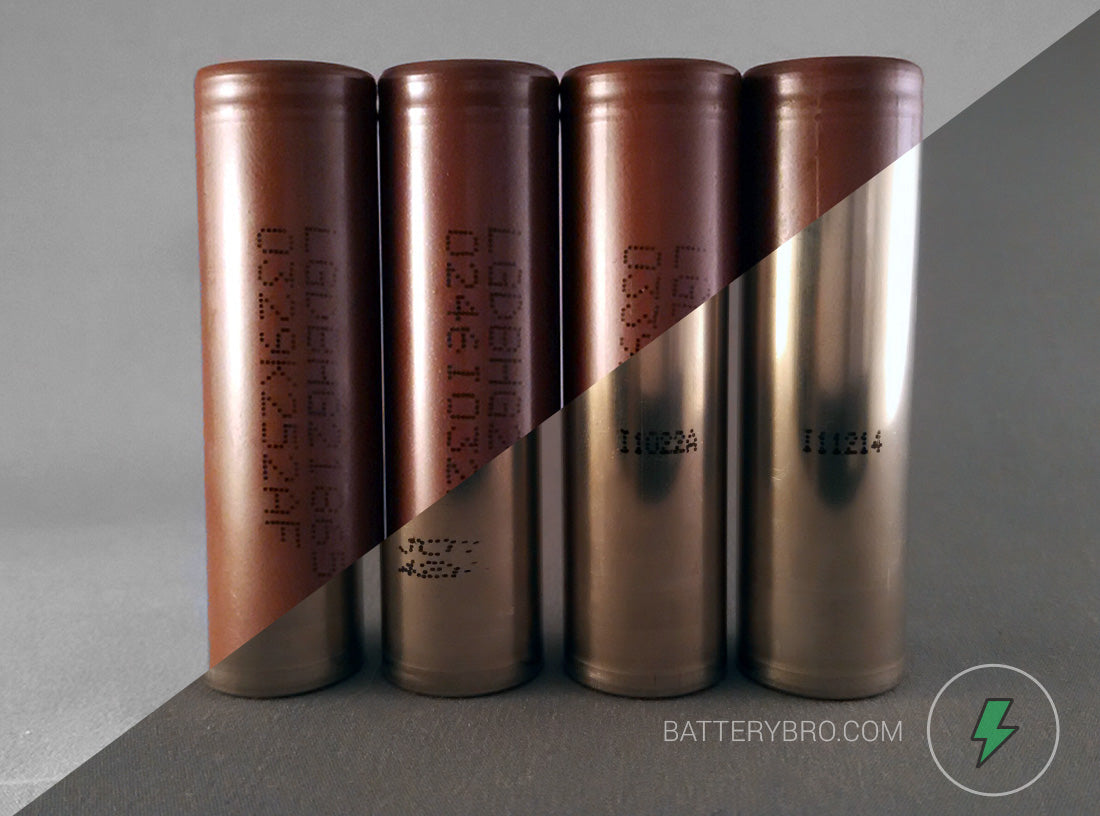

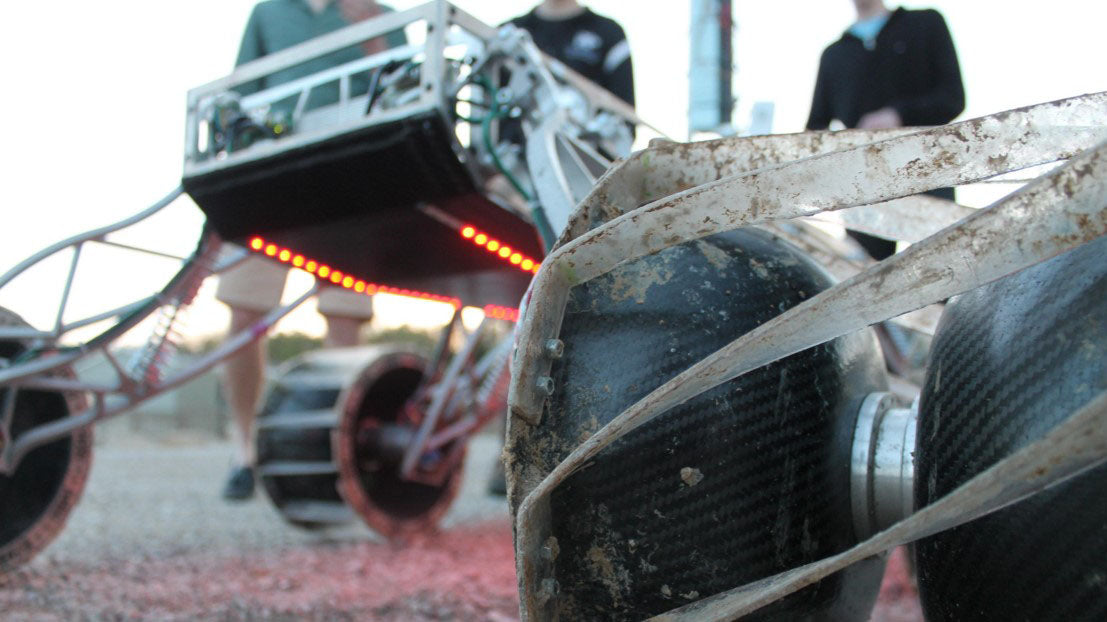

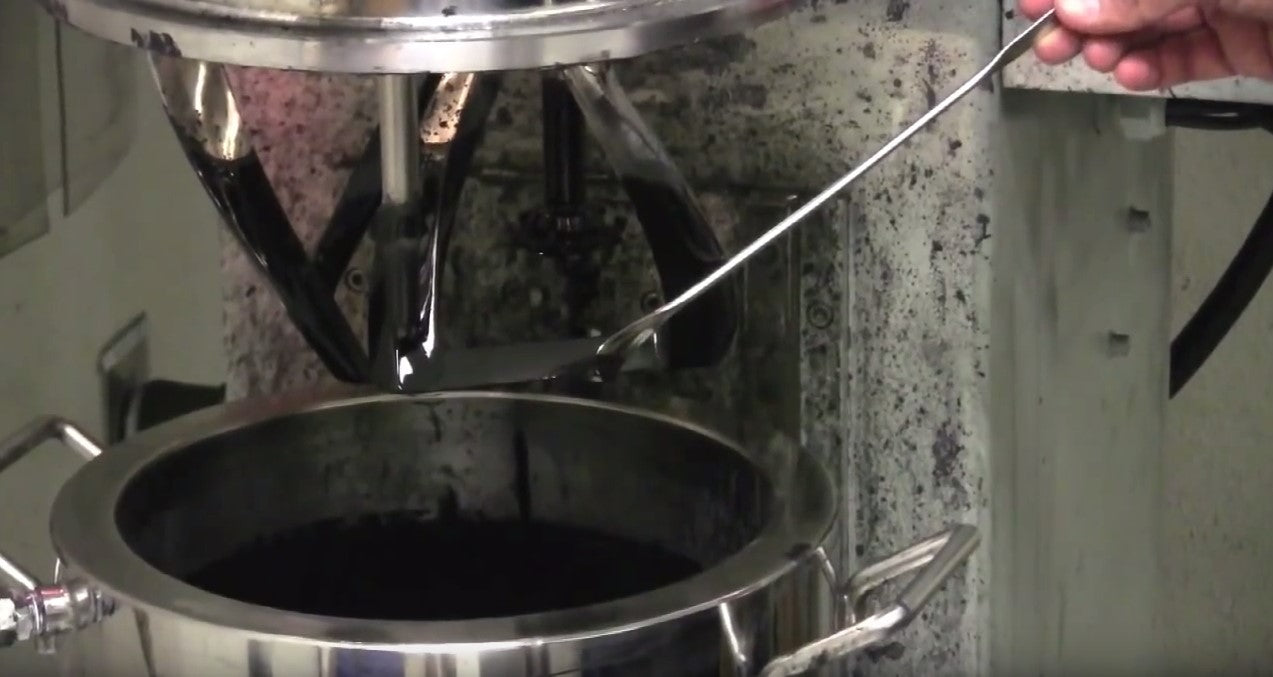
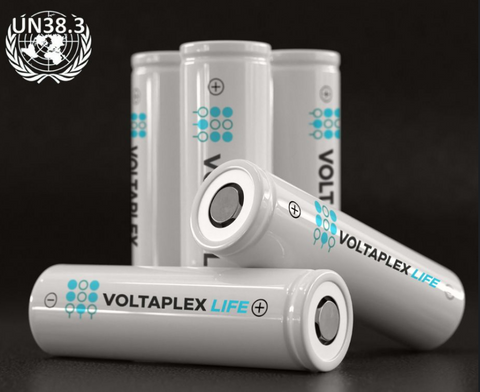
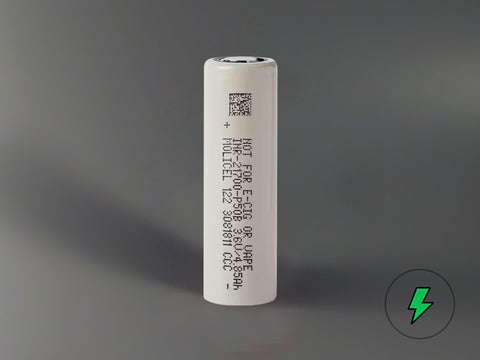
Comments
feaherwinglove on August 17 2020 at 11:39AM
To make the most obscure pun I’ve come up with so far, the idea of a solar-powered airliner is a bunch of TAT. The double entendre is “tat” the English (culture) insult for crappy product or information, and TAT, which stands for Transcontinental Air Transport, or “take a train”, depending on the passenger’s mood. Back in 1927, the world’s best airliner was the unprofitable Ford Trimotor, which was strictly a day VFR affair due to the lack of technology to fly blind. Pilots followed the rail lines during the day, flying about twice as fast as a train, taking off at dawn, landing at dusk, and the passengers would transfer to sleeper bunks on a train for the much shorter (in terms of distance) overnight legs. It took about 48 hours to get from San Francisco to Miami or vice versa. The reason a solar powered airliner with today’s technology (i.e. we don’t develop some miracle stuff like the sarium krellide of Star Trek’s hand phasers) would have such flying characteristics is because kinematic power is rho * (velocity squared) / 2 Getting that rho (air density) down is why jets like to fly at high altitude. Going twice as fast, however, doesn’t require four times as much power as this equation implies: the power used during cruise is the difference between the kinetic power supplied by the incoming air (v therefore being the airplane’s true airspeed) and the total kinetic power coming out of the engines (v being the engine exhaust velocity.)
Efficiency requires that difference to be as small as possible, and that’s why airliner engines have been getting fatter for the last fifty years. The best one to look at is the 737 series, which started out with thin, noisy JT8 engines that looked like trimmed stogies, then went to the CFM56 series, and then got itself grounded trying the LEAP engines. As the engines got wider, they didn’t want to extend the landing gear for various complicated reasons, and so they squashed the nacelles, clocking the accessory drive and flattening the bottom of the intake leading to its distinctive hamster cheek look, and eventually moved it forward to be mostly ahead of the wing. Making that difference smaller also reduces the turbulence around the exhaust nozzles, and that’s the main source of noise for jet aircraft. Propellers do even better, but they can’t approach the speed of sound because the flow separation from the shock waves at the tips both kills their efficiency and makes a tremendous amount of noise. Really big, slow propellers do best, and that’s what we see on the Solar Impulse series and the Daedalus/Contraventus aircraft (same airframe being powered by the pilot (i.e. pedaling it like a bike) or batteries and solar panels; as far as I know, the latter is only theoretical at this time.)
Now for the TAT part: The beauty of modern airliners is the ability to fly day, night, and in nearly all weather. But that’s kiboshed if you require the sun for power. Solar power requires surface area and surface area creates drag, so the airliner is going to be going a lot slower, but will be helped out by the reduced power of smaller kinematic increment and lower speeds (the same exhaust-airspeed difference at lower speeds produces a lower difference of kinetic energies, and thereby less power needed for the engines. Unfortunately, one winds up with the same energy used per bit of distance.) Batteries, as we can see here, aren’t all that great for cruising, but hopefully can be enough to get such an airliner above the clouds in IFR weather where the sun will shine on the wings with the solar panels. That will keep it from going completely to TAT, but they still won’t be able to fly at night. They will still be more vulnerable to weather than jet airliners because the slower and lower wing-loaded aircraft are more affected by the wind. A right-angle crosswind that would hardly bother a 737 on a typical landing would be enough to turn a Daedalus into a tumbleweed.
I think that it’s far more likely that green energy generated on the ground will run electric high-speed trains, and that solar powered electric airliners will never happen, except possibly in spots where the terrain doesn’t allow much else. The first landing of a Contraventus or Solar Impulse aircraft at Courchevel is likely to be quite entertaining, even if it doesn’t crash.
Aaron Lal on June 01 2019 at 05:43AM
Nice post ever! I really appreciate the efforts you have made. You have conducted thorough research and written a great post. It will be extremely useful for many. Keep sharing!
Joshua Skinner on September 07 2018 at 08:25AM
I would almost ignore the takeoff power requirement and cover that with an electric catapult system. The peak power requirement is then the climb portion of flight.
Priusmaniac on July 23 2018 at 06:09AM
I would like to add that on another planet where Oxygen is not freely available, the fuel must be supplied with the needed Oxygen to combust. Since that Oxygen weight is about 3 to four times that of the jet fuel, it implies that fuel is not 20 times more energy dense then batteries but only 4 to 5 times.
Dmitry on June 28 2018 at 12:32PM
It is wery smart to compare MW of aviation fuel with MJ for batteryes (i need time to compare your data myself). And then, what mass of batteryes for each plane? For fuel, we know, for batteryes… it need to calculate :)
lucamax on September 26 2017 at 10:16AM
ruetger is wrong.
The potential energy of fuel per kg is 80 times the potential energy of 1 kg of Lipo/ Li ion
Anyway without too much maths lets consider the range of a car with 200 kg of diesel and 200 kg of batteries tis is the best way to compare actually the gap between fuel and batteries .
Another aspect you did not consider is that fuel consuption will make the car / plane lighter while the battery when deployed will become a ballast .
About propulsion system, a jet turbine has a much higher efficiency .
The 98% efifciency of electric motor is nothing, better, it is marketing, while the energy storage of batteries is poor because you need to carry a lot of weight for energy storage and this will kill your general efficiency.
Ned Williams on May 31 2017 at 02:18PM
Umm Nasa Jumbo Jet?
See those 4 pointy things that each wing has two of? Those are called Props.
asi in proprellers…that is not a jumbo JET its a prop plane.
Brian on August 25 2016 at 05:40PM
You total confused power in watts with energy in Watt Hour.
ruetger is correct, when you include efficiency is 20 times. and the best new lithium cells get 400 WH/km: more like 10 times.
Power is what you need for take off. Using A123 type batteries, you get 120W per 80g. (Phone batteries are poor choice for comparison. ) That’s about 1W per gm. To get 100MW will require 100 tons of batteries. Which is pretty cool, because that’s less than the fuel wt they carry now. But the range is going to be about 20 times less.
There is another factor to include. The comparative wt’s of the engines and the fuel tanks. Jet engine probably win the power density. Big jet engines are around 5-10WK/kg versus the best electric airplane motors 5 KW/kg.
It’s amazing that electrics have come so far,but battery energy, not power is the big limitation now. I think the electric motors can match or beat the turbines as well, and they do pretty well against them now.
John Ragzdale on April 24 2016 at 11:49AM
If a loaded 747 requires a 10,000 foot runway on kerosene, can you imagine the runway length required
on battery power? Heating, cooling and pressurization and thermal deicing requires tremendous energy too.
Batteries will NEVER be a viable source of power for transport aircraft.
ruetger on April 21 2016 at 05:15PM
Ouch. Did you really miss the point of efficiency (eta) here? An electric propulsion system can convert up to 98% of the stored energy to mechanical energy. A good modern Turbofan comes in at about 40%. The rest is heating of the environment (and a lot of noise, which is also waisted energy as it does not propel the plane). As a matter of fact its fairly difficult to produce anything else but heat with thermodynamic engines.
That been said, i´d recommend to do your mathwork again.
Actually its fairly simple.
Energy density of fuel 10,000 Wh/kg
Energy density of Battery 200 Wh/kg
which makes a factor 50
Efficiency of propulsion sytem:
Fuel 40%
Electricity 98%
which makes a factor 2.5
So, we need 20 times the weight if we use batteries. Not 100 to 250 times.
but finally: “it´s the economy, stupid” (Bill Clinton)